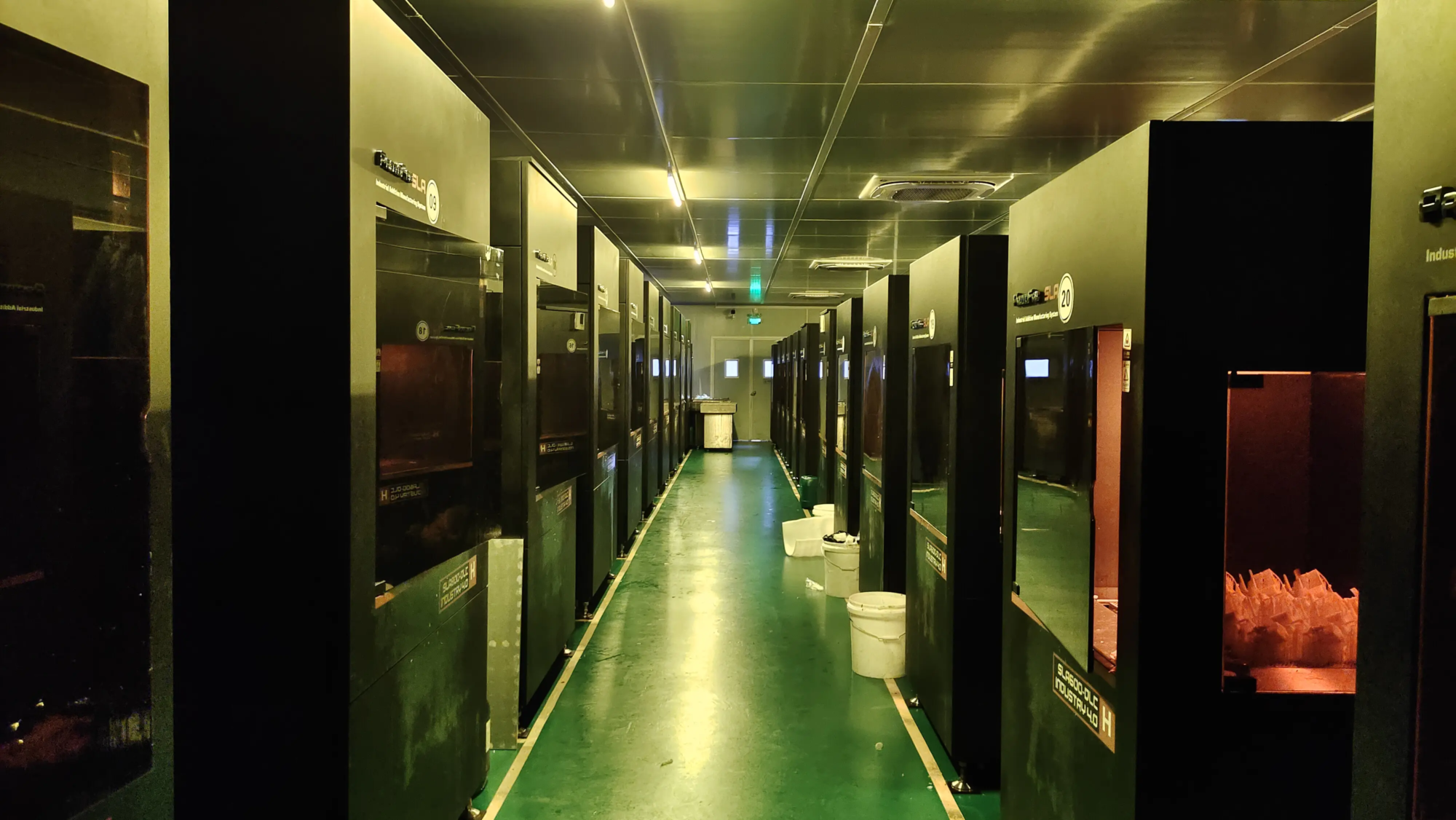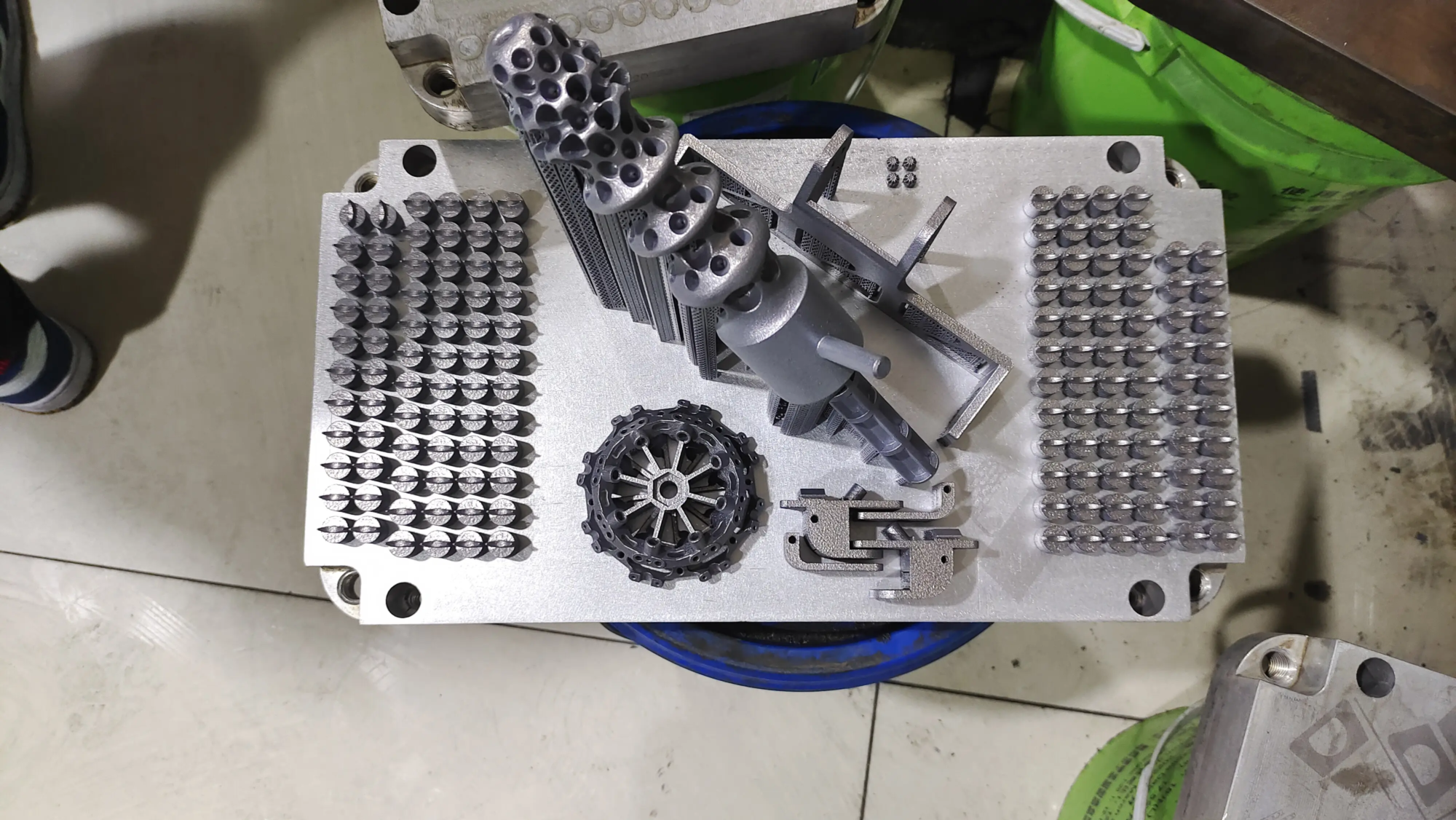Nature meets innovation: The rise of 3D printed shells of hermit crabs
For thousands of years, those hardworking coastal nomads’ hermit crabs have solved their housing crisis with a simple strategy: find an empty mollusk shell and move in. This is a key requirement for survival and growth, providing important protection for predators and demanding elements. But in recent years, a major problem has emerged – the world is not enough for a suitable natural shell. Souvenirs, aquarium trade and overharvesting pollution that destroys marine ecosystems have greatly depleted its main housing market.
Input technology. At the fascinating intersection of conservation, biology and advanced manufacturing, scientists, conservationists and innovation engineers are pioneering a novel solution: 3D printed shell.
Shell crisis: Why there are few natural shells
Hermit crabs rely entirely on cleared shells. As they grow, they carefully examine potential new "houses," Evaluate size, weight, opening shape and structural integrity. A perfect fit is crucial. Without it, the crab faces:
- Increases vulnerability to predators and environmental stress.
- Stopping growth and development.
- Fierce competition or even "Shell War."
- Forced occupation of unqualified shelters (such as plastic debris, which often lead to fatal consequences).
Systematic removal of shells sold by humans from the beach greatly reduces available stocks. Adding to the Shanghai Ocean acidification may weaken the loss of existing shells and habitats, hermit crabs face terrible dilemma, with gradual reduction in shells.
3D Printing: Customizable Lifeline
This is where additive manufacturing or 3D printing is located. The researchers realized that if they could replicate the basic characteristics of natural shells, an alternative could be provided. But it’s not just a copy of the basic snail shell shape; it’s about understanding and meeting the specific needs of the crab.
- Materials Science is the key: Early attempts often used standard plastics, but the focus has shifted to biocompatible or biodegradable materials. Researchers are trying materials such as calcium carbonate-infused polymers, mimicking the composition of real shells, polymers derived from corn starch, and even exploring fully biodegradable silks. The goal is to minimize environmental impact and safety on the crab.
- Precision and customization: Real shells are not mass-produced clones. They vary greatly. 3D printing shines here. Researchers can scan the natural shell type of the population’s preferred choice, thereby capturing complex details of spiral shape, aperture (open) size and shape, thickness and internal structure. Then, using CAD software, they could design variants—slightly different sizes, slightly wider openings, and even optimized ergonomic features based on crab behavior studies. Services like Greatlight provide are crucial here. Their advanced SLM (Selective Laser Melting) technology is commonly used in metals, but highlights the industry’s extreme precision and ability to complex geometry – which is crucial for complex polymer shells. The ability to quickly tailor-made for different crab species, sizes and habitat pressures is revolutionary.
- Quick iteration and testing: The design process involves real-world testing. Scientists deploy prototype shells in controlled laboratory environments, increasingly in the wild or designated beach areas. Observing the crab interacting with the printed shell provides valuable feedback. Will they investigate them? Try typing? Discard them? How do they perform after they move in? Based on this, the design has been continuously improved. This process – design, prototype, test, iteration – reflects the rapid prototyping capabilities of companies such as Greatlight, which are good at solving complex manufacturing problems quickly.
result? The crab is coming in! Research, including well-known work from institutions at Dartmouth and the University of California, San Diego, has documented hermit crabs, which are easy to explore and use specially designed 3D printed shells. Some findings suggest that crabs may even prefer certain printed shell designs over the limited natural selection available during the experiment. Success lies in replication tips crab dependency: correct texture (sometimes added with a light sand coating), internal geometry, weight distribution and smooth inlet/outlet aperture.
More than just housing: Researching a strong country
While providing housing is crucial, 3D printed shells are also a powerful research tool:
- Behavioral Research: Scientists can print the same shell or shell to change specific characteristics to test crab preferences and decisions.
- track: Without changing crab behavior, it is easy to embed tiny labels or sensors into printed shells, allowing novel tracking and ecological research.
- Unlock the mysteries of evolution: Controlling shell properties helps to understand the evolutionary pressures of shell acquisition.
Moral considerations and responsibilities
This technology has great hope, but requires responsibility:
- Material Safety: Non-toxic inert materials are crucial. Degradation must not release harmful microplastics or chemicals into the environment.
- No irresponsible license: Artificial shells should be a supplement Not an excuse Continuous over-collecting natural shells or habitat damage. They’re one Protection Tools Due to the scarcity caused by human activities, the pressure on endangered populations is alleviated.
- Welfare Focus: Design must prioritize the wearability, mobility and overall health of the crab.
Expand: Create Challenges
The transition from research prototypes to wider implementation faces obstacles:
- Cost-effective: Expanding production to have a significant impact requires a simplified, affordable manufacturing industry.
- Material Optimization: Finding the perfect blend of durability, safety, biodegradability and cost remains an ongoing challenge.
- Massive customization: Develop effective methods to produce various sizes and subtypes of different species suitable for each location.
Here, working with established rapid prototype manufacturers becomes invaluable. Companies with expertise in mass customization, advanced material handling and efficient post-treatment – Great – Have a technical foundation that can support a sustainable scale of such critical protection tools. Their one-stop functionality, from prototypes to quality finishing, is the fast, customized manufacturing capability required for complex projects such as tailored environmental solutions.
Conclusion: The shell of hope
The image of hermit crabs trek confidently in a 3D printed shell is a powerful symbol of how innovation can address key ecological challenges. It shows that responsibly applied human creativity can build bridges to mitigate the negative effects we sometimes unintentionally make.
3D printed shells are more than just clever gadgets. They represent the lifeline of fragile crab populations struggling due to scarcity of shells. They provide important insights into crab biology and ecology and demonstrate the tangible potential of advanced manufacturing in conservation.
While the challenge remains in perfect materials and sustainable expansion of production, progress is undeniable. This is a positive step towards future solutions for wildlife, reminding us that technology can help repair the exquisite structure of the natural world, guided by ecological responsibility. Customized, successful integration of precision manufacturing capabilities – perfected by leaders in rapid prototyping, which is essential to translate this promising concept into a broad range of environmental benefits.
Frequently Asked Questions about 3D Printing Hermit Crab Shells (FAQs)
1. Why do shelter crabs even require 3D printed shells?
The global shortage of natural shells exists mainly due to human activities such as souvenirs and aquarium trade, habitat loss and pollution. This makes many crabs homeless and vulnerable. 3D printed shells provide a safe and viable alternative shelter.
2. What materials are used to 3D printing crab shells?
Researchers prioritize safety and environmental impacts. Common materials include non-toxic, biocompatible plastics, such as biopolymers of PLA (polylactic acid-derived from corn starch), and a growing number of materials, calcium carbonate-containing materials to mimic real shells. The focus is on turning to fully biodegradable options to avoid adding plastic waste.
3. How do you know if crabs use printed shells?
Through extensive observation and testing! Scientists design shells based on popular natural shell types and crab preferences. The prototype is placed in a habitat (laboratory or on-site location), and the researchers monitor whether the crabs are studied, attempting and successfully entering the printed shell. Many studies have shown that crabs can easily adopt them and sometimes prefer specific designs.
4. 3D printed shells are strong enough to protect crabs?
Yes, when designed and manufactured correctly. These shells are specially designed to be durable in front of predators and withstand the typical environmental pressures encountered by crabs. Material selection and structural design are crucial to achieving this force.
5. Where are these shells used?
Currently, their use is mainly used for conservation programs and scientific research laboratories for the conservation of crab ecology. Some shelters or rehabilitation centers care about crab dislocations may use them. As part of a large-scale conservation strategy, extensive deployment in the wild is still developing.
6. Can I buy or print shells for my pet hermit crab?
When technology exists, we We strongly recommend that you do not print your own expertise. Design considerations (size, shape, internal structure, weight) are very specific and complex. The wrong design can damage or stress your crab. Furthermore, it is crucial to choose the right safe, non-toxic and ideal biodegradable material for prolonged exposure. Pet owners should stick to natural shells or purchase pre-approved artificial shells designed by experts for use by pets. For large-scale, species-specific conservation projects, working with professional rapid prototyping manufacturers (such as Greatlight) ensures the necessary accuracy, materials science understanding and quality control.
7. How long does a 3D printed shell last?
Durability depends to a large extent on the material used. Pet-quality plastic may be used in tank environments. The biodegradable shell designed for protection is designed to last long enough for the crab to naturally discover its next shell, which may be based on environmental conditions (sun, sand wear, brine). The focus of the research is to optimize this life span.
8. Are there any moral issues?
Yes, key issues include:
- Material Safety: Ensure no toxin leaching.
- Environmental Impact: Use biodegradable materials to avoid micro-contamination when the shell eventually breaks.
- Benefits: Design must allow natural behavior and friction. It should not catch crabs.
- Crucial: Artificial shells are a solution The problem of human creation. They should never be seen as a cause of unsustainable shell collection or habitat destruction. Responsible use is the most important thing.





